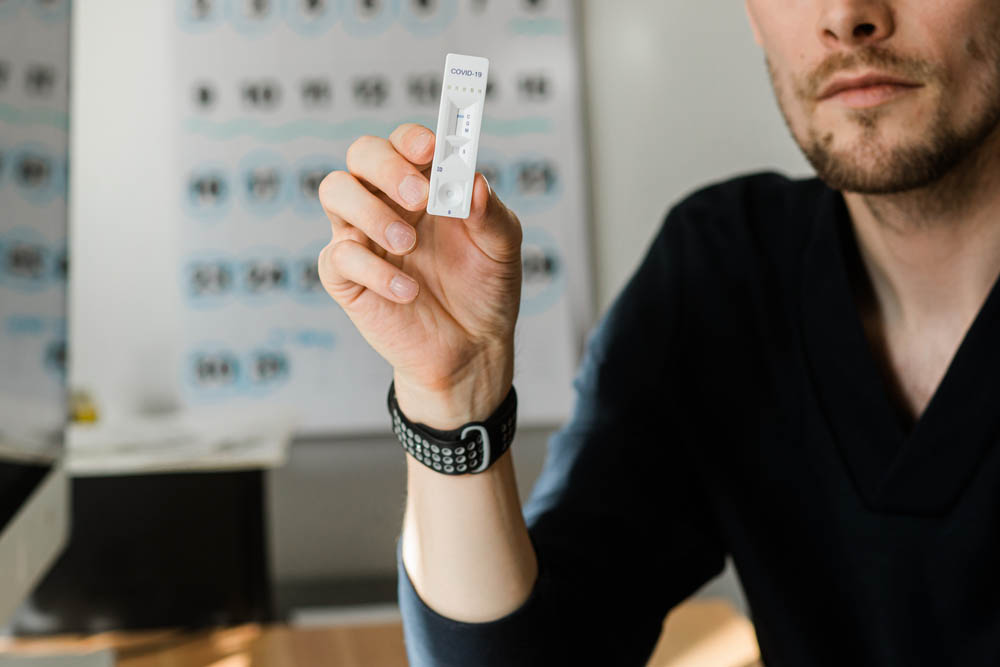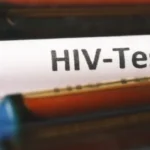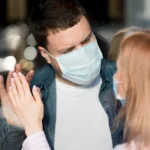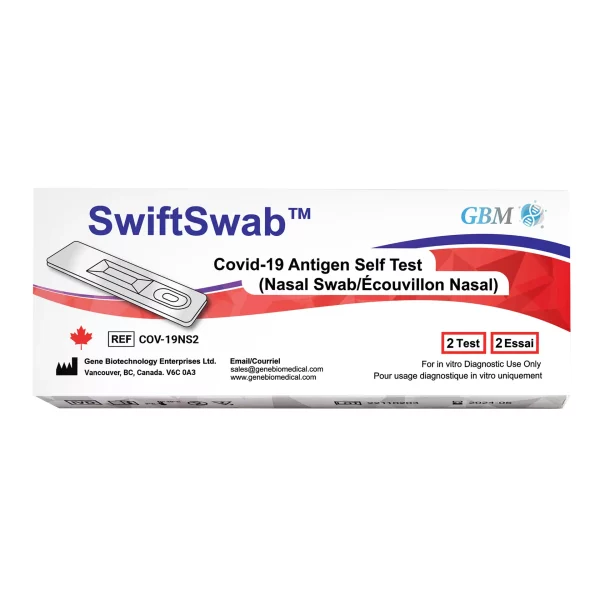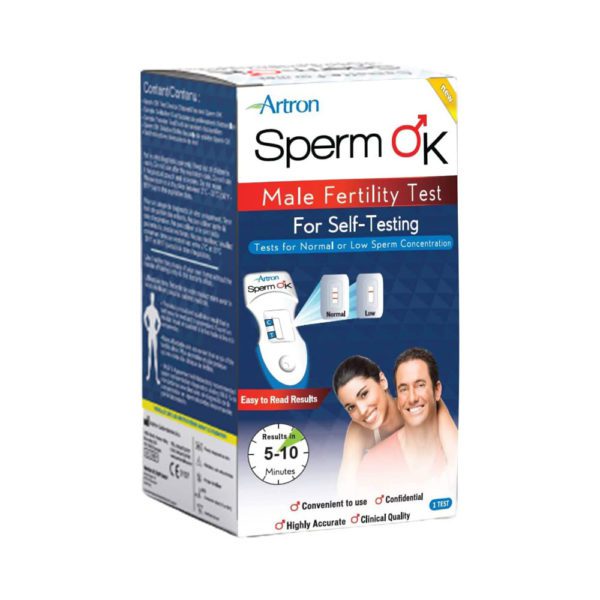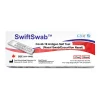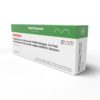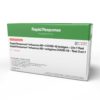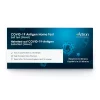The rapid COVID-19 test, with its ability to deliver quick results, is a critical tool in the collective effort to combat the ongoing pandemic.
But what exactly is the science behind this test? How does it work to detect the presence of COVID-19?
In this article, we will look into the mechanics of the rapid COVID-19 test and its effectiveness in providing accurate results.
What are COVID-19 rapid tests?
COVID-19 rapid tests are diagnostic tools that provide quick results for detecting the presence of the virus causing the COVID-19 infection. They’re particularly useful in situations where immediate results are necessary.
These tests are designed to offer convenience and efficiency, with results available in a matter of minutes. However, they may have a slightly higher chance of false negatives compared to laboratory-based molecular tests.
What are the benefits of COVID-19 rapid tests?
Here are the most common benefits of using a COVID-19 rapid tests:
- Fast results
- Easy to use
- Can be administered anywhere
- Easily accessible
One of the main advantages of using COVID-19 rapid tests is the speed at which you can obtain the results. Unlike other tests that may take several days for results to come back from a laboratory, rapid tests can provide results within minutes or hours.
With this, it’s easy to identify your infection status, so you can take necessary precautions and seek appropriate medical care.
Another benefit is their ease of use. Since these tests are designed to be user-friendly, you can administer them yourself or with minimal assistance.
This doesn’t only reduce the burden on healthcare professionals, it also increases access to testing in various settings, such as:
- Schools
- Workplaces
- Community centers
Depending on your purpose, you can also do the test from the comfort of your home.
Also, since they’re easily available, they’re an effective tool to use for a more comprehensive understanding of the prevalence of COVID-19. This data is essential for public health authorities to make informed decisions and implement targeted interventions where needed.
When should you take a rapid test?
Taking a rapid test requires appropriate timing.
Here’s when you should take the test:
- If you have symptoms such as fever, cough or difficulty breathing: Immediately
- If you have symptoms, yet test negative the first time: After 48 hours
- If you have been in close contact with someone who has tested positive for COVID-19: After 5 days
This waiting period helps to avoid false negative results, as the virus may take some time to replicate enough to be detected by the test.
It’s also recommended to test for COVID-19 if you’ve been in high-risk settings, such as:
- Nursing homes
- Healthcare facilities
- Workplaces with outbreaks
If you’re planning to come into contact with high-risk individuals in areas where COVID-19 cases are medium to high, it’s advisable to get tested before the interaction.
Follow the guidelines provided by the Centers for Disease Control and Prevention (CDC) for testing and staying at home if you test positive or are likely to have COVID-19. By taking these measures, you can protect yourself and others from the spread of the virus.
How do COVID-19 antigen tests work?
Antigen tests for COVID-19 detect specific proteins on the surface of the virus. These tests are designed to identify the presence of the SARS-CoV-2 virus by targeting antigens, which are substances that trigger an immune response.
The test starts with collecting a sample from the nose or throat using a swab. This sample is then mixed with a solution that helps release any viral antigens present. Next, the solution is applied to a test strip or a cartridge that contains antibodies specific to the SARS-CoV-2 virus. If the virus is present in the sample, the antigens will bind to the antibodies on the strip, producing a visible line or a positive result.
This whole process can be completed within minutes.
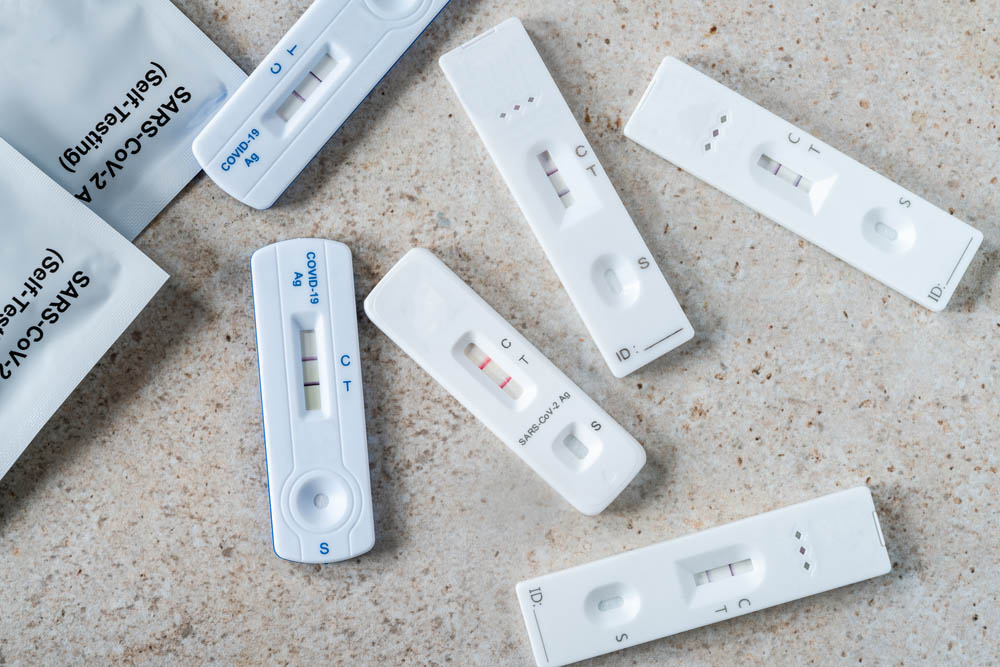
How to use the test
When administering at-home COVID-19 tests, carefully read and follow the instructions that come with the test kit. Here’s what you need to do:
- Use the test kit in a clean and well-lit area to avoid any errors.
- See to it that the sample collection process is done correctly. Follow the recommended swabbing technique and insert the swab into the collection tube as instructed.
- Adhere to the recommended test processing time.
- Dispose of the used test materials properly according to the instructions provided.
Precautions to take
To ensure accurate and effective use of the rapid COVID test, keep these precautions in mind:
- Read and follow the test instructions carefully.
- Clean your hands and prepare the testing surface before starting the process.
- Avoid any potential contamination or mishandling of the test components.
How accurate are rapid COVID-19 tests?
Rapid COVID-19 tests have been widely used for diagnosing the virus, but how accurate are they?
It depends.
While they’re generally reliable for detecting the virus in individuals with high viral loads, they may not be as accurate in identifying infections with lower viral loads. This means that there is a possibility of false-negative results, where individuals who are actually infected receive a negative test result.
To mitigate this risk, it’s recommended to repeat the test if the first result is negative, especially if symptoms persist or if there has been recent exposure to someone with COVID-19.
Other factors to consider when interpreting the results include:
- Close contact with COVID-19 patients
- Level of Covid-19 in the community
- Symptoms
In high-risk settings or when coming into contact with high-risk individuals in medium or high COVID-19 areas, it may be necessary to supplement rapid tests with more accurate laboratory-based molecular tests for a more definitive diagnosis.
Where can you get rapid tests?
One good thing about rapid tests is that they’re easily accessible.
To find a suitable location to obtain a rapid COVID-19 test, consult your local health department’s website or use online directories that provide information on testing sites near your area.
One option is to visit a local testing site or clinic that offers rapid testing services. These sites are commonly set up in collaboration with:
- Healthcare providers
- Local health departments
- Community organizations
Some testing sites may require appointments, while others may offer walk-in services. Check with the specific testing site for their requirements and procedures.
Other places that may offer rapid testing programs to screen individuals for COVID-19 include:
- Workplaces
- Schools
- Universities
For those who want to get quick access to a rapid test kit, you can easily buy an FDA-approved kit from pharmacies, retail stores or online. These tests can be purchased over the counter without a prescription, so you can conveniently test yourself at home.
Key takeaway
Rapid COVID-19 tests have become an important tool in the fight against the pandemic. With these tests, you can quickly identify your infection status and help to stop the spread of the virus.
By understanding the principles behind this testing method, you can make an informed decision on how to deal with COVID-19 while protecting yourself and other people.
